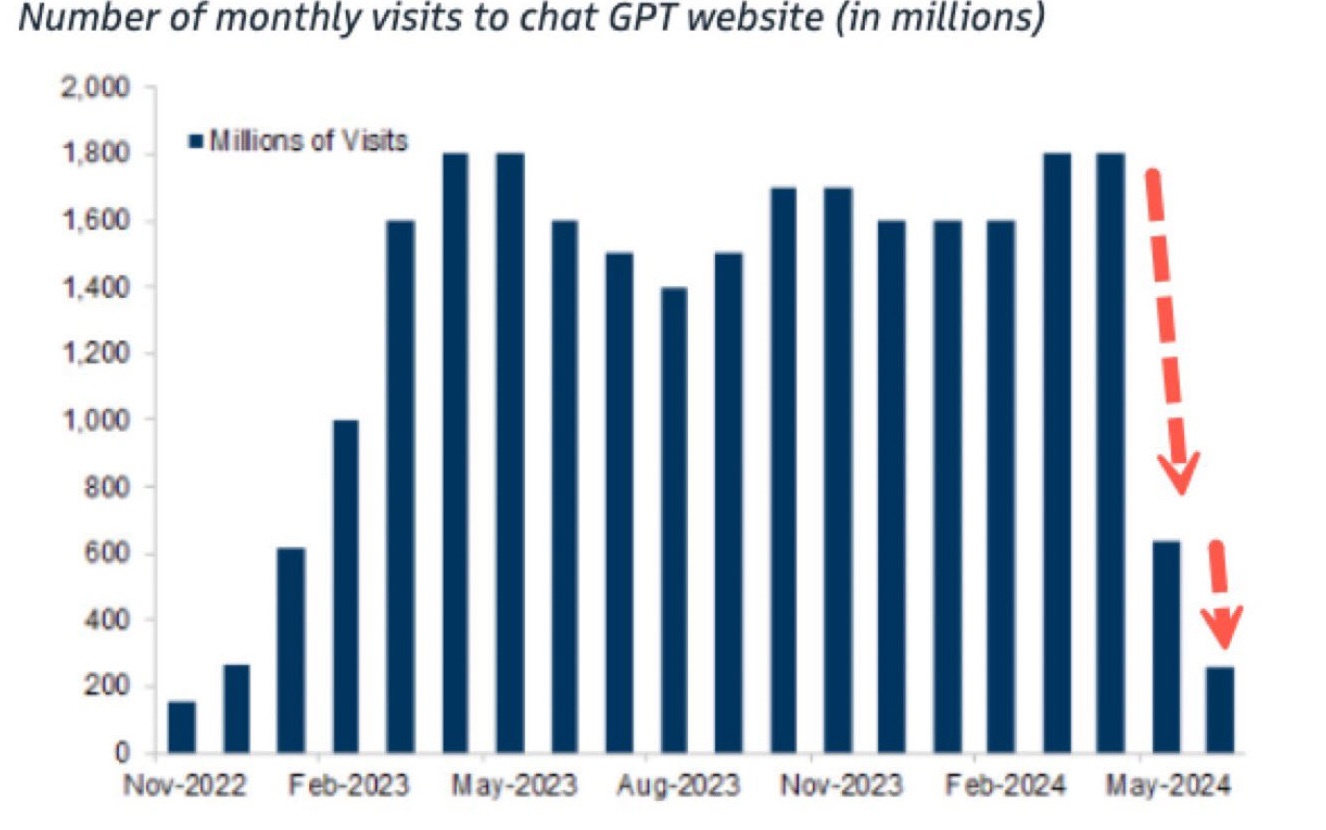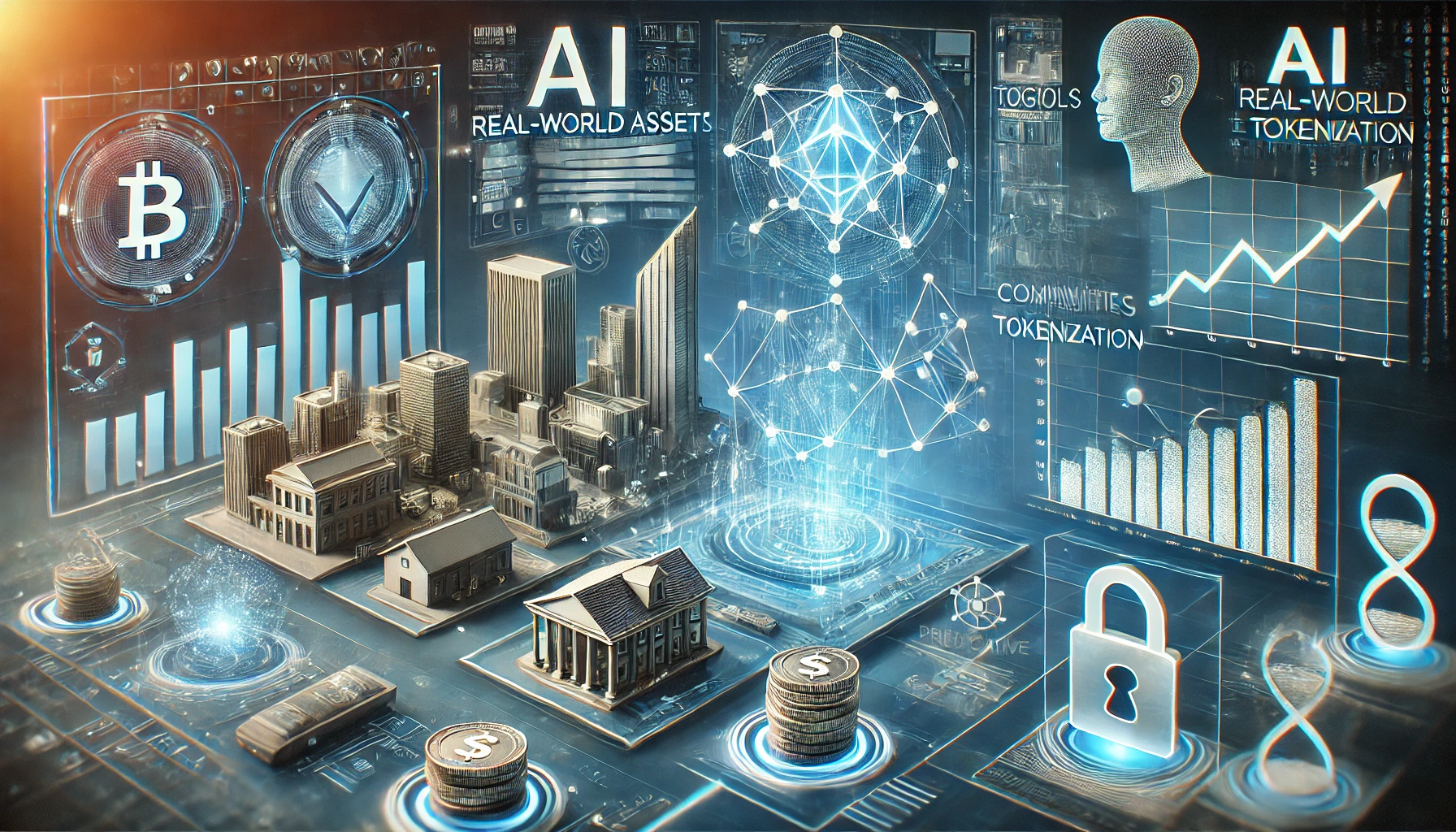In 2025, one of the clearest signals of where digital assets are heading is the rapid rise of AI-driven cryptocurrencies—projects where tokens don’t just represent value, but power intelligent systems. A recently circulated list of “top AI-driven cryptocurrencies” highlights a growing category of tokens that serve as fuel for AI computation, data monetisation, autonomous agents, and machine-generated digital economies. The intersection of AI, tokenisation and decentralised infrastructure is no longer experimental—it’s becoming a foundational layer of the next wave of blockchain innovation.
AI Is Redefining What Crypto Tokens Can Do
Unlike traditional utility tokens that unlock platform features, AI-focused tokens serve as the economic backbone of intelligent ecosystems. Their value is tied directly to computational output, data quality, or agentic behaviour. These tokens don’t just represent access—they represent processing power, decision-making capacity, and data intelligence.
Emerging categories include:
1. Compute-Powered Tokens
Projects that tokenise access to decentralised GPU networks, enabling AI developers to buy and sell compute power via native tokens. These networks rival centralised cloud giants while reducing cost and increasing transparency.
2. Data Monetisation Tokens
As AI models become increasingly dependent on high-quality datasets, tokenised data marketplaces allow individuals and companies to monetise their information. Tokens act as incentives for data contribution, validation and usage rights—creating a decentralised economic layer around AI training.
3. Autonomous Agent Tokens
A fast-growing segment in 2025 is tokens used by AI agents—autonomous digital entities capable of executing tasks, trading, negotiating or managing workflows. Tokens power agent actions, resource consumption and inter-agent transactions.
These models reshape how digital value is created, transforming tokens into functional AI resources rather than speculative assets.
Why AI + Tokenisation Is Exploding in 2025
Three major forces are driving adoption:
• AI’s demand for decentralisation
AI models require massive computation and diverse datasets. Decentralised networks offer scalability, cost efficiency and censorship resistance—making them ideal for AI workloads.
• Web3’s shift from hype to productivity
After years of experimentation, blockchain projects are focusing on real-world utility. AI-powered tokens provide measurable value and practical applications.
• The rise of intelligent digital economies
From autonomous trading bots to self-managing supply chain agents, AI is becoming an active participant in the economy. Tokens enable these systems to interact, transact and operate independently.
The synergy between these forces is producing an ecosystem where AI not only uses crypto—but needs it.
2025: The Year AI-Driven Crypto Goes Mainstream
According to technology observers and research summaries (including insights referenced by Snap Innovations), AI-crypto integration is accelerating across finance, gaming, infrastructure, scientific research and enterprise automation. Projects are rapidly onboarding real users, real data and real computational workloads.
This trend signals a major shift:
Tokens are evolving from digital coupons into the energy source of intelligent, autonomous digital systems.
AI is not simply an add-on—it is becoming the core purpose of many blockchain networks.
What Comes Next?
Looking ahead, we can expect:
-
Decentralised AI clouds competing with traditional cloud providers
-
Tokenised AI assistants performing payments and negotiations on behalf of users
-
Self-improving token ecosystems where AI agents manage governance, liquidity and optimisation
-
Cross-chain AI models that operate across multiple smart contract platforms
As AI continues to permeate every digital interaction, tokens that power these intelligent systems will become some of the most important utility assets in Web3.
2025 marks the moment the industry stopped talking about “AI-crypto” as a trend—and started treating it as the new baseline for innovation.




